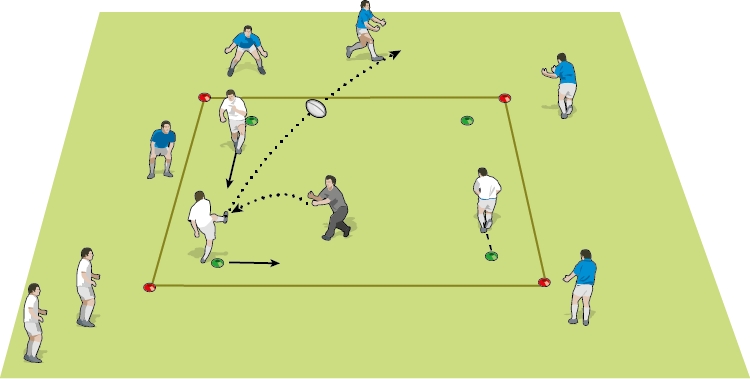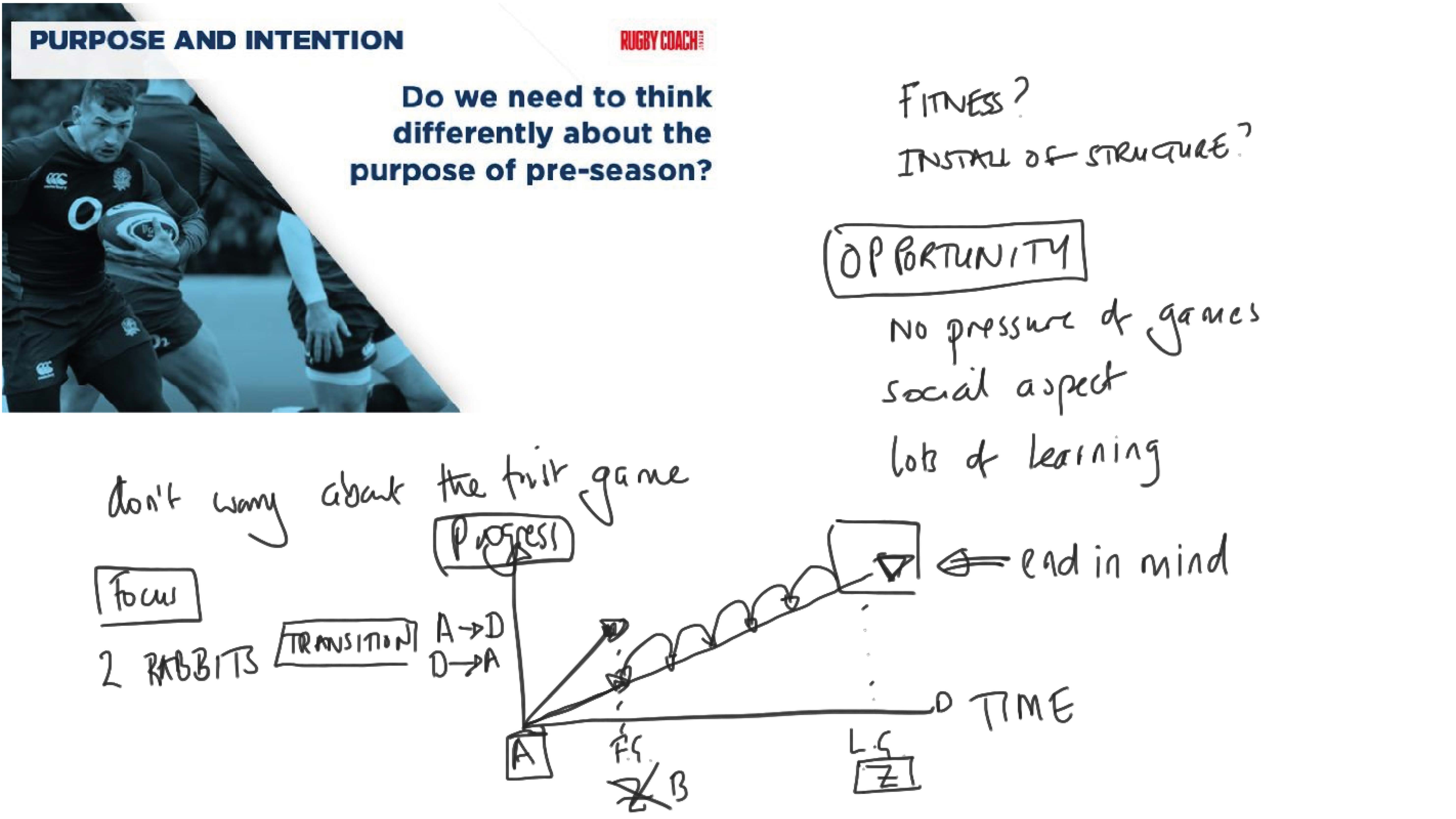You are viewing
1 of your 2 free articles
Social distancing rugby rounders
Use this modified game of rugby rounders to improve kicking and fielding, using social distancing protocols. Thanks to Old Reigatian Girls and head coach David McGuigan for this version.
- The inner box of cones represents the batter team bases, the outer cones the fielding team bases.
- outer cones.
- to the “plate”.
- If the subsequent kick goes outside the square, the batter can run
- kick or run with the ball to beat the batter to the next base. If a batter runs from a base they can’t return.
- The fielding team can run, The batting team scores a rounder for every completed rounder by a player. If a player goes around all the bases in one go, you can either give them two runs, or a life back.
- Use a spare coach to act as a backstop.
- Play at least two innings, reversing the batting order for the second innings.
The size of the pitch depends on the ability of the players and remember with the coach pitching the ball, kicks are more difficult than with usual rugby rounders (where the player kicks the ball out of hand).
Use one ball for one team and another ball for the other.
Newsletter Sign Up
Coaches Testimonials

Gerald Kearney, Downtown Las Vegas Soccer Club

Paul Butler, Florida, USA

Rick Shields, Springboro, USA

Tony Green, Pierrefonds Titans, Quebec, Canada
Subscribe Today
Be a more effective, more successful rugby coach
In a recent survey 89% of subscribers said Rugby Coach Weekly makes them more confident, 91% said Rugby Coach Weekly makes them a more effective coach and 93% said Rugby Coach Weekly makes them more inspired.
Get Weekly Inspiration
All the latest techniques and approaches
Rugby Coach Weekly offers proven and easy to use rugby drills, coaching sessions, practice plans, small-sided games, warm-ups, training tips and advice.
We've been at the cutting edge of rugby coaching since we launched in 2005, creating resources for the grassroots youth coach, following best practice from around the world and insights from the professional game.













